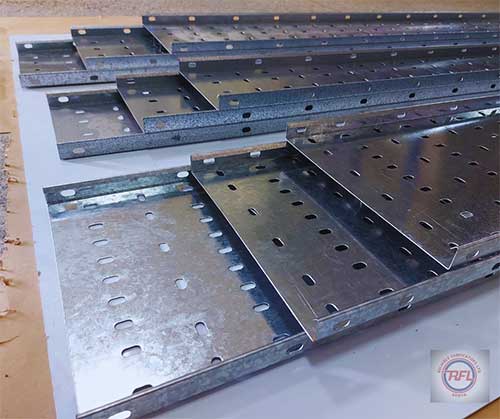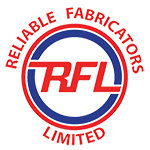
Cardinal Rules Of Cable Management
Always Measure First
Every home and office is different from the next, so if you’re thinking of using length-oriented products like surface raceway, wire loom, wire duct, or conduit to manage cable, be sure to measure carefully before each cable management project you undertake. Proper measurement saves time and frustration: it ensures that you’ll have plenty of product on hand to protect each cable run, so you won’t need to halt mid-project to wait for more to arrive.
Never Exceed Fill Capacity
Whether you’re dealing with wire loom, cable trays or heavy-duty cord protectors, one of the cardinal rules of installation is to never overstuff a cable management device with cables. By exceeding fill capacity, you run the risk of crush-related attenuation, insulation damage, crosstalk, and even – in the case of power cables – overheating and fire.
Do Not Exceed the Bend Radius
“Bend radius” is the degree to which a cable can bend before it begins to lose signal. When it comes to managing copper and fiber optic network cables, one of the most important factors is to ensure that a safe bend radius is maintained, so that the network can perform at the highest level possible.
Ensure to Label
It doesn’t matter if you’re a professional network installer or an amateur home theater buff – cable organization just isn’t complete if cables aren’t properly labeled. Labeling helps to isolate cables for less-frustrating troubleshooting and maintenance, and takes the confusion out of reconnecting cables to the proper ports.


